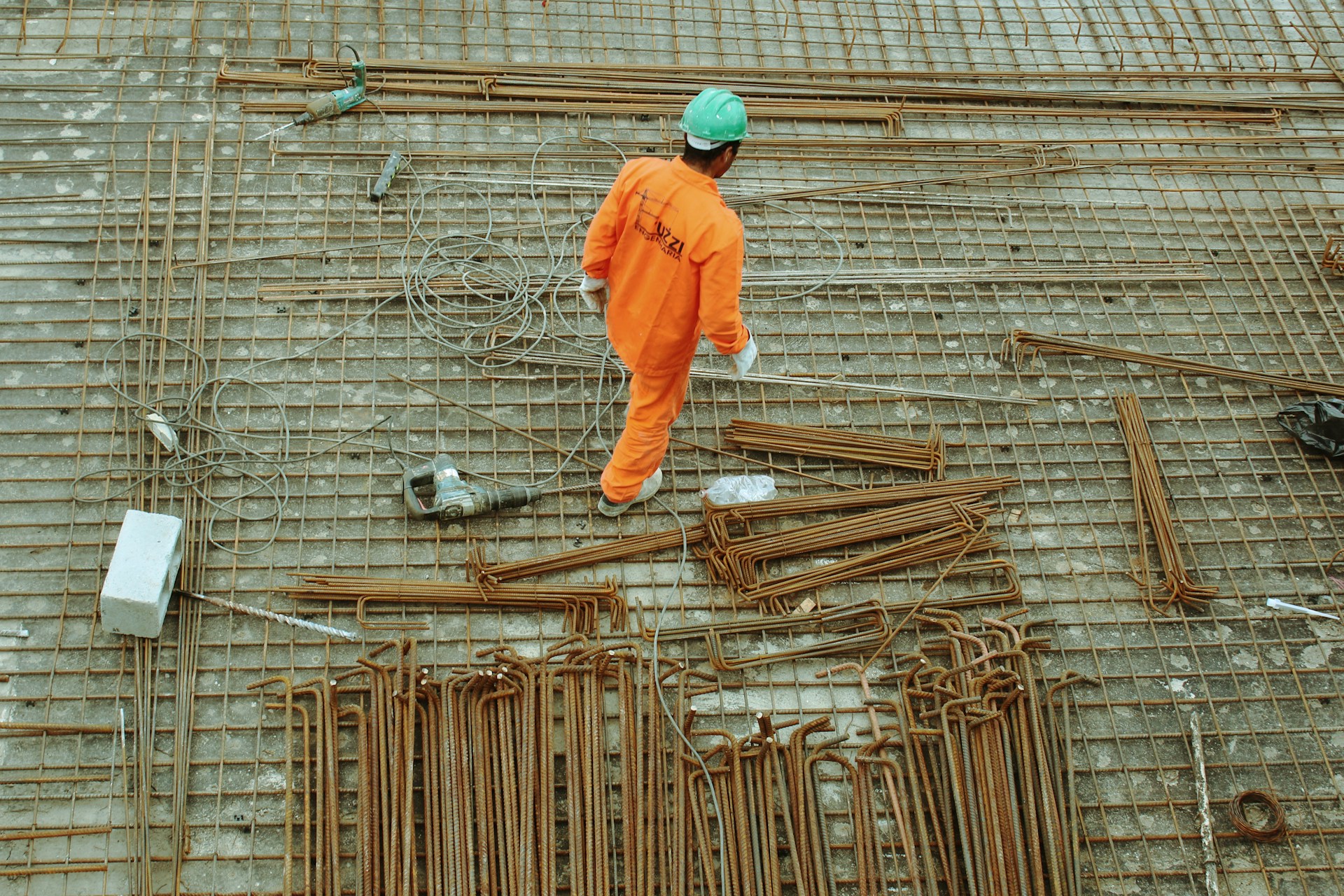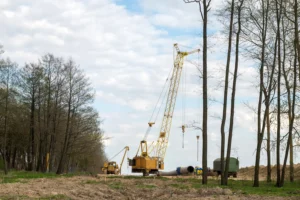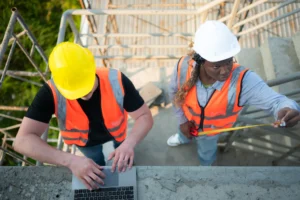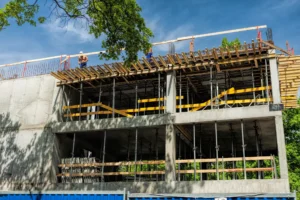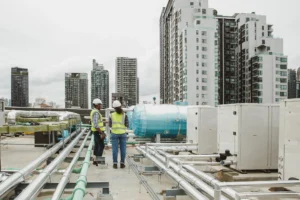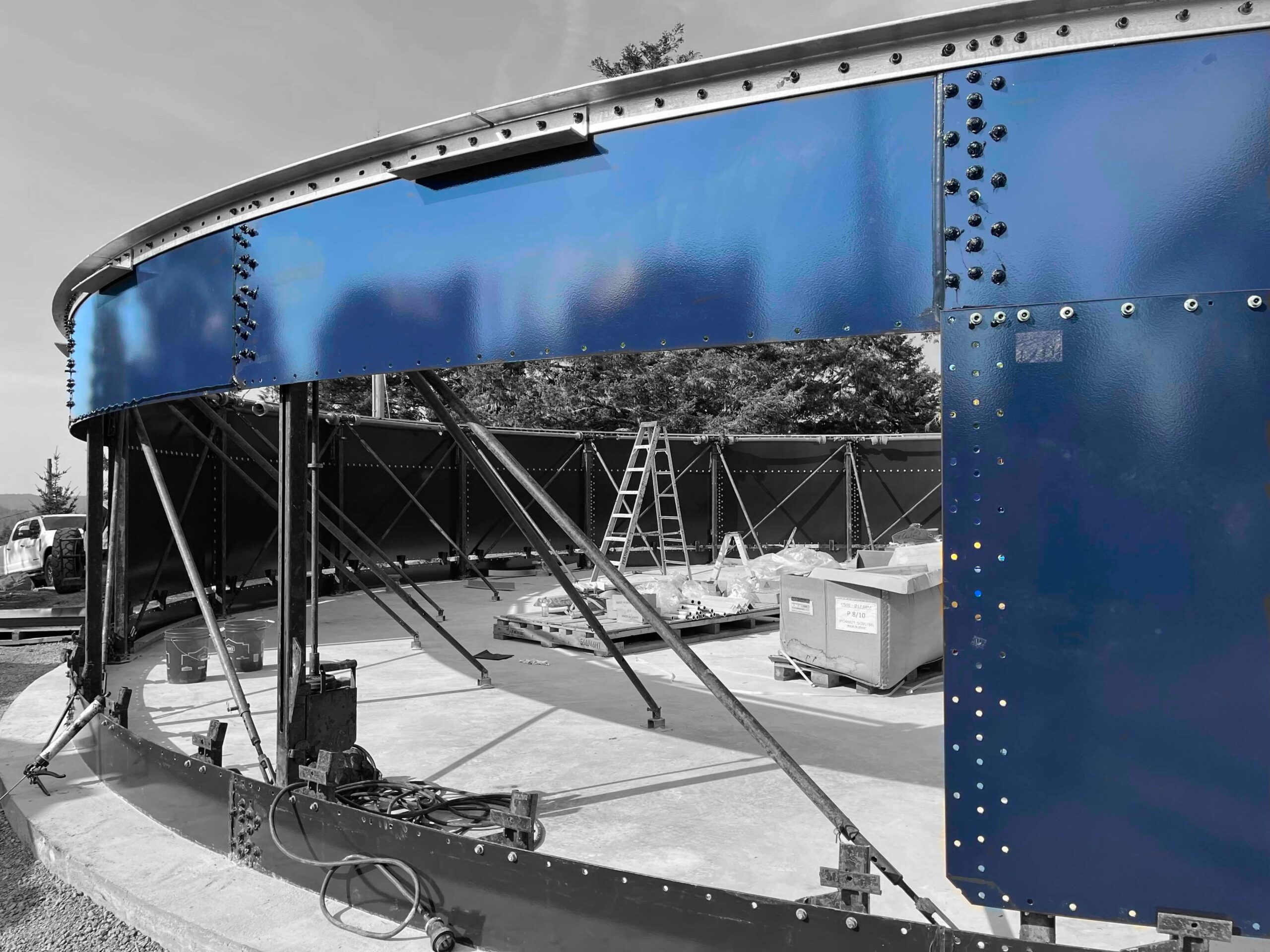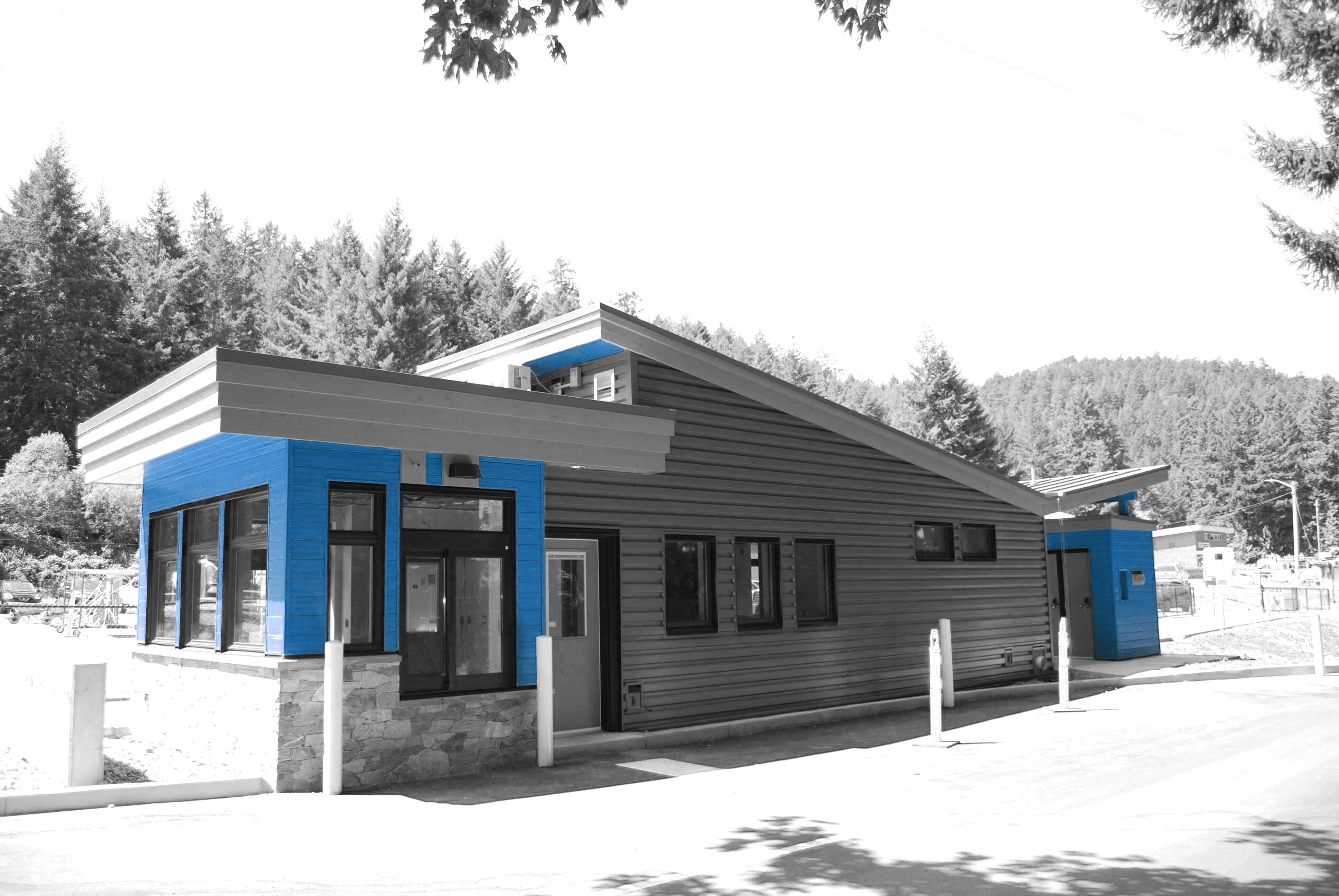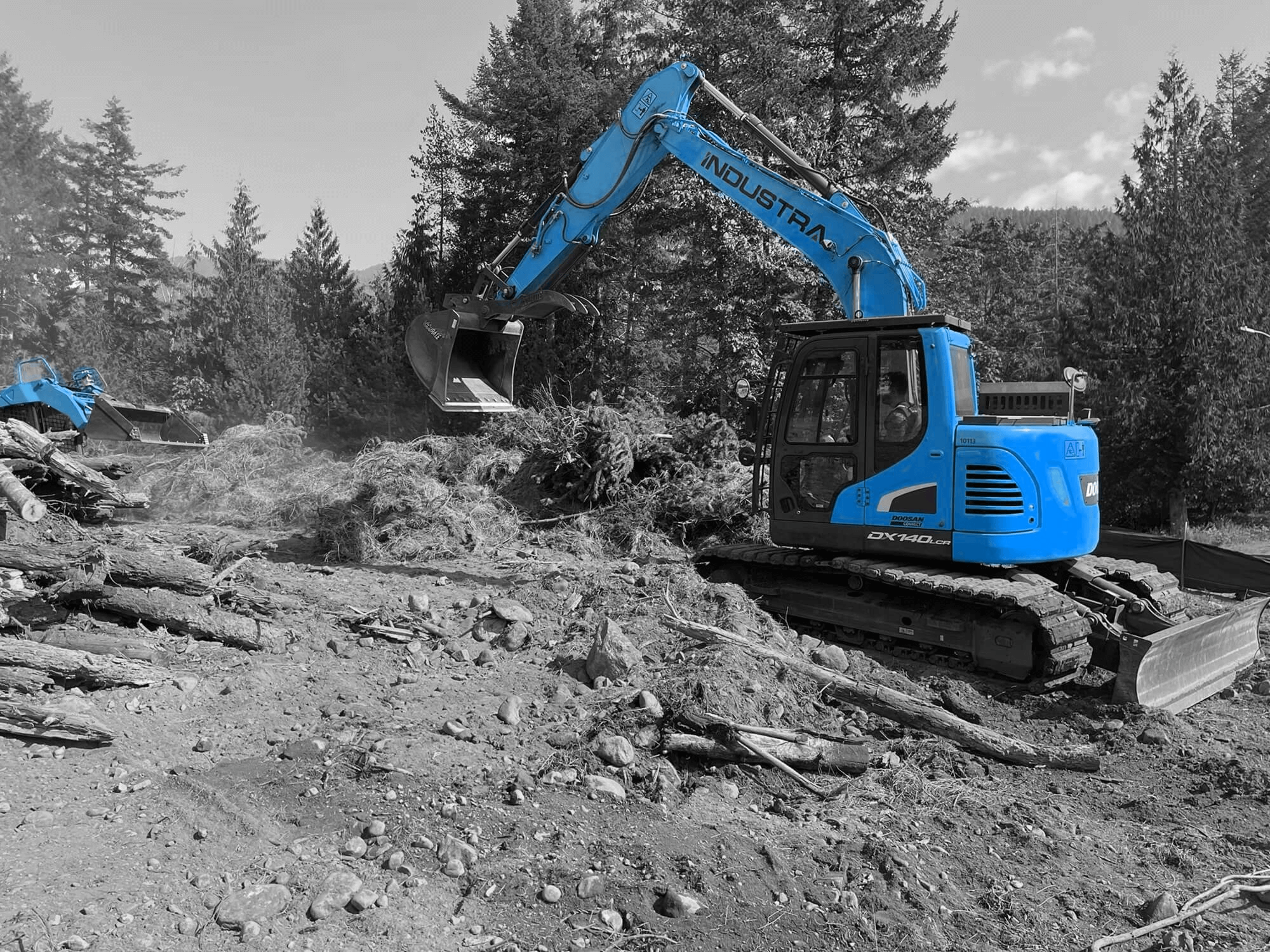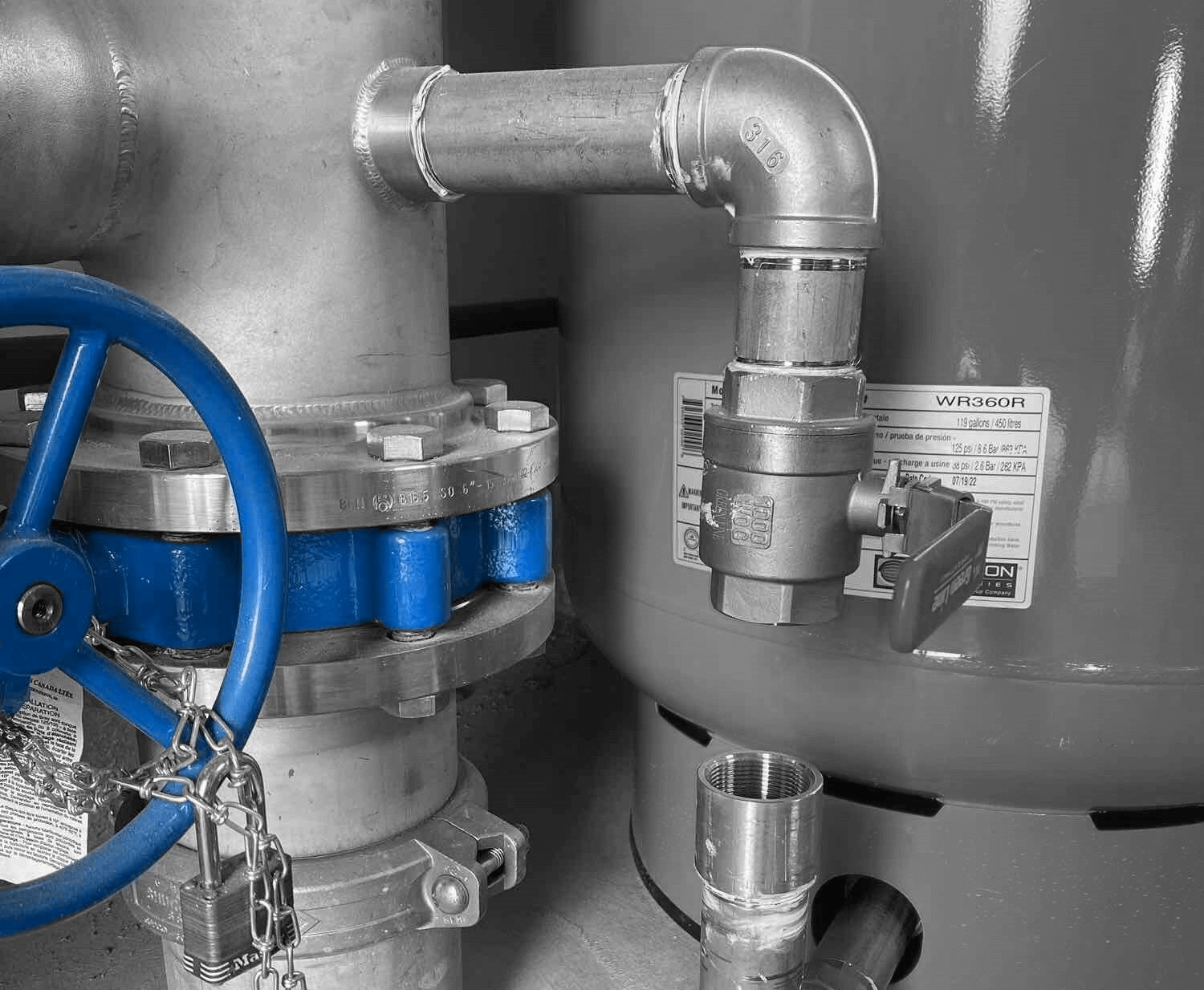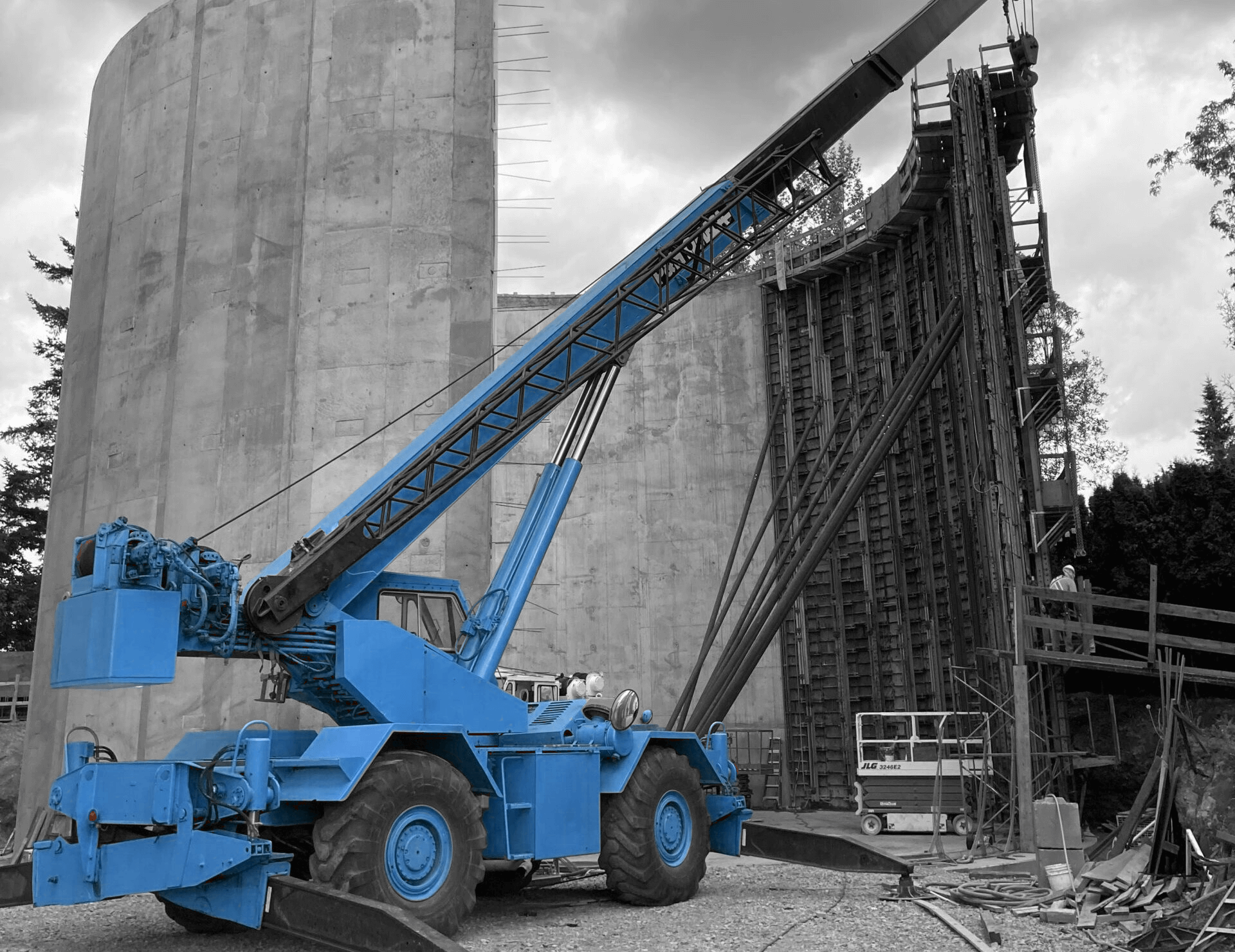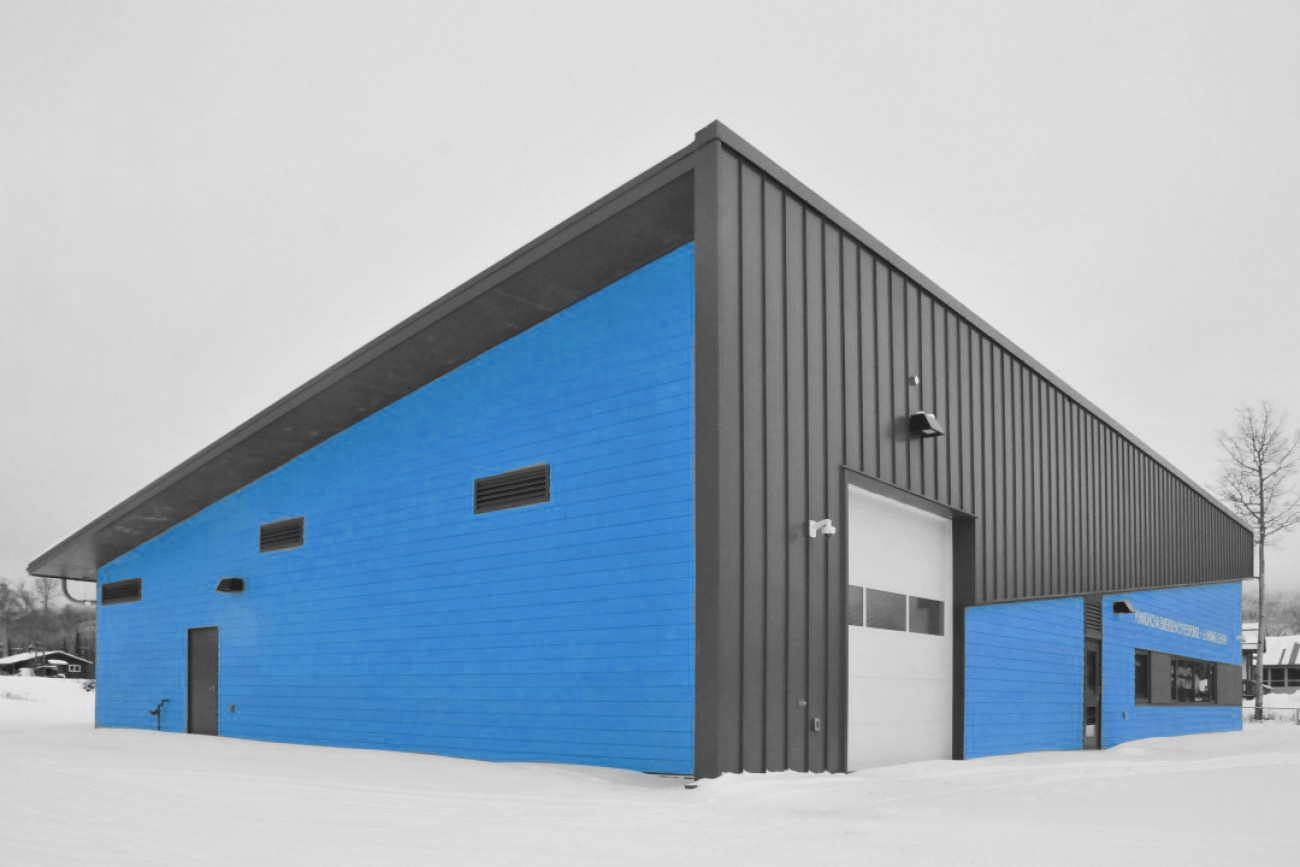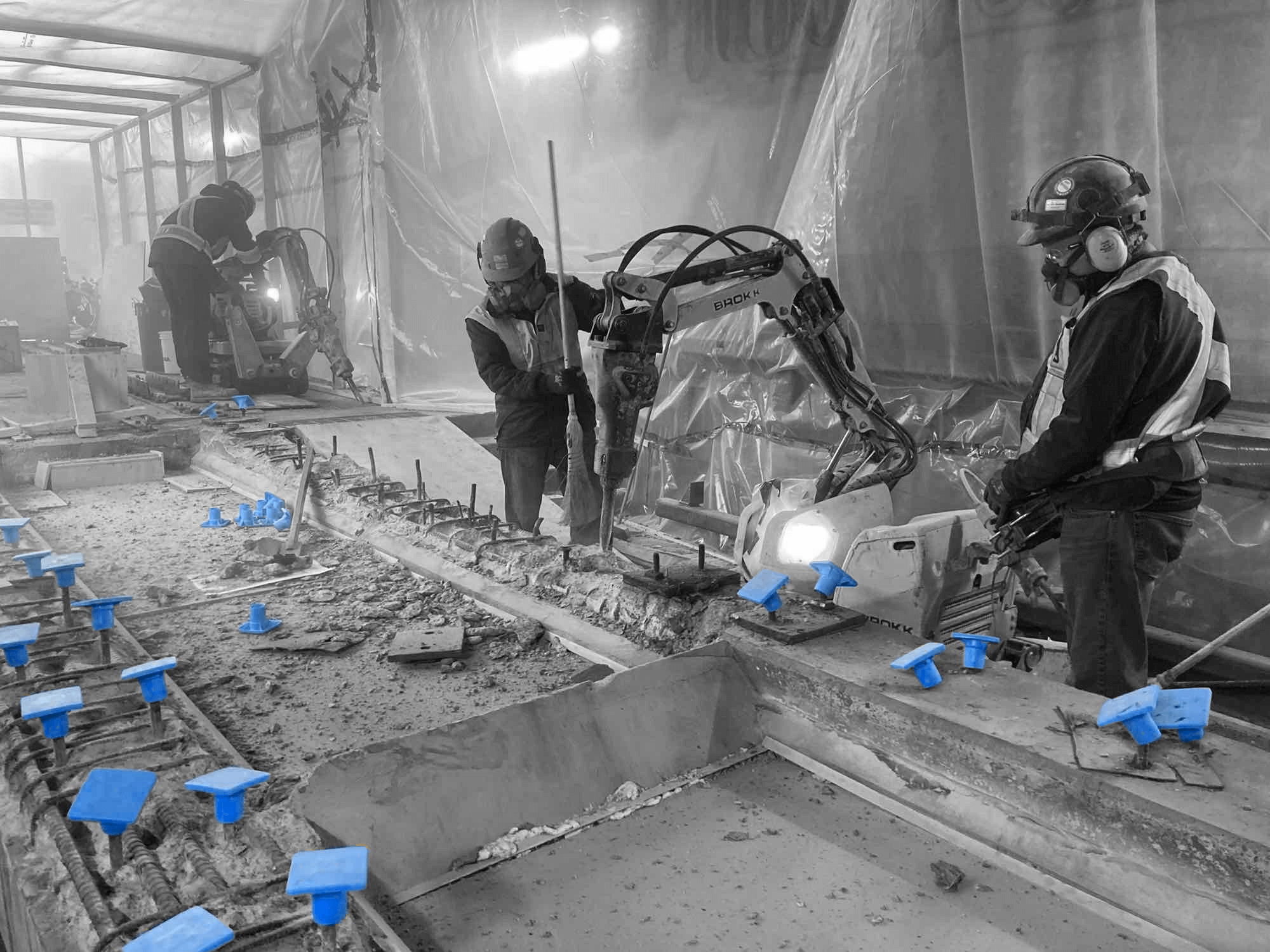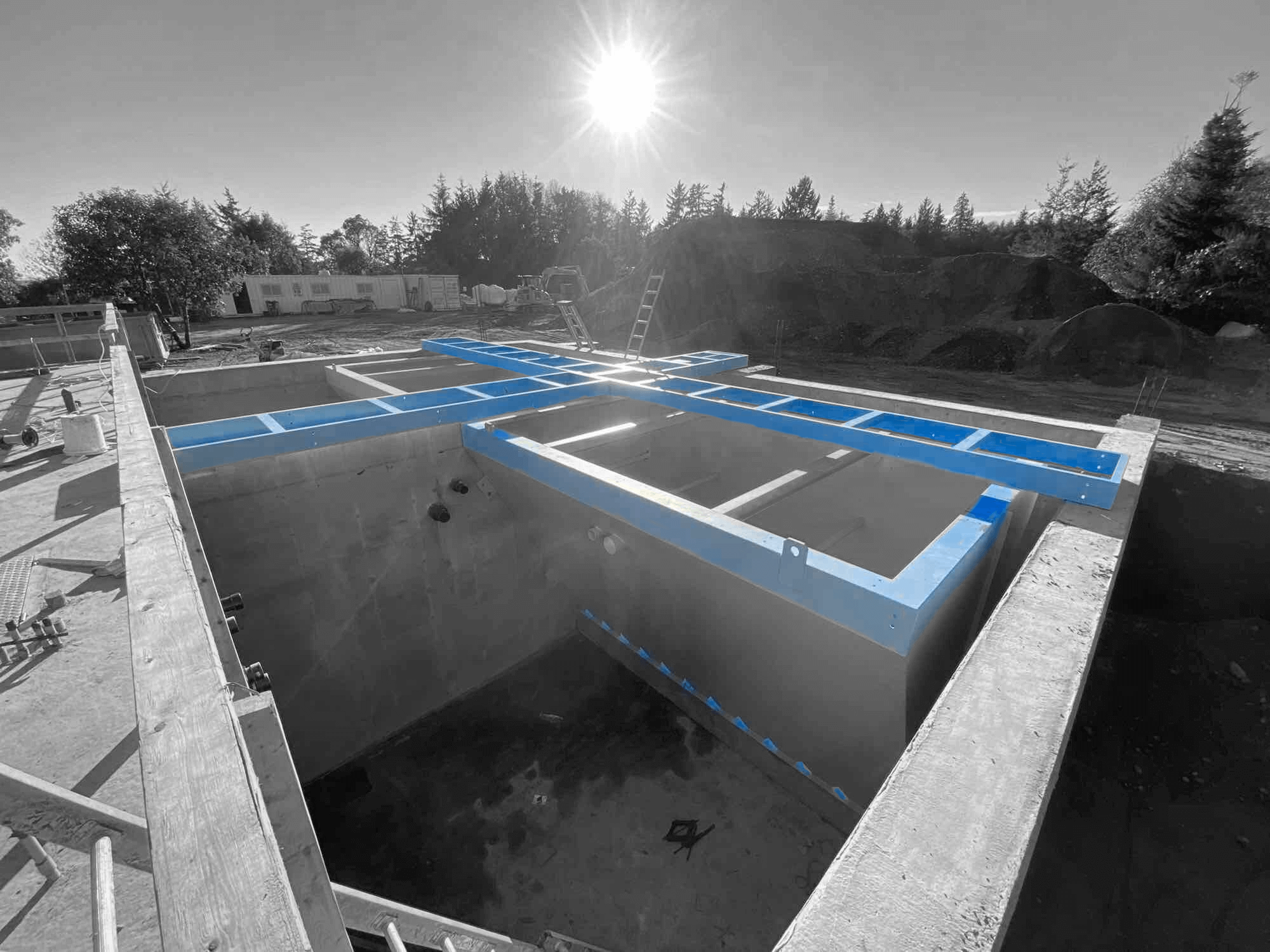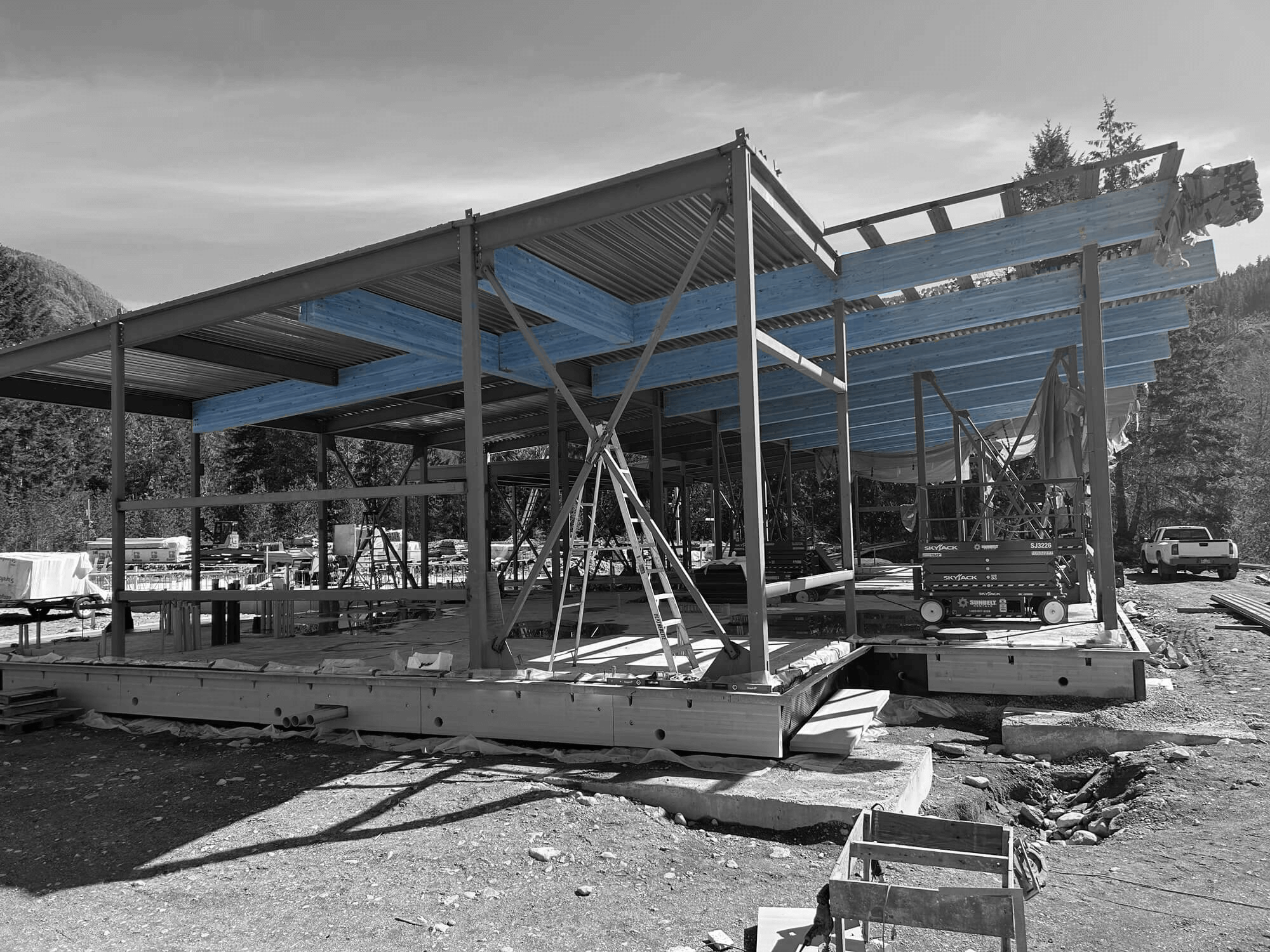Marine construction plays a crucial role in maintaining the stability and safety of our shorelines. Without it, erosion and weather conditions could cause significant damage to coastal areas. Marine construction is essential for human and environmental health, from protecting homes and businesses to preserving natural habitats.
By understanding the fundamentals of marine construction, we can better appreciate its role in keeping our shores safe and stable. This knowledge helps us recognize the importance of investing in and supporting these essential projects.
The Importance of Marine Construction for Safety and Stability
Marine construction is essential for safeguarding shorelines against the forces of nature. Coastal areas are constantly exposed to erosion, storms, and changing water levels, which can cause significant damage if left unchecked. Marine construction helps protect these vulnerable areas by creating physical barriers that absorb and deflect the power of the waves.
One of the main reasons for marine construction is to protect human settlements. Many coastal communities rely on marine construction projects such as seawalls and breakwaters to shield homes, schools, and businesses from flooding and erosion. Without this protection, these areas would have a much higher risk of damage during storms and high tides.
Beyond protecting human establishments, marine construction also plays a vital role in preserving natural landscapes. Healthy shorelines support a variety of marine life and natural habitats. By controlling erosion and managing water flow, marine construction helps maintain these ecosystems, ensuring they remain stable and productive.
Marine construction not only boosts the safety and stability of the shorelines but also enhances the overall quality of coastal areas. It supports recreational activities, such as beaches and marinas, contributing to the economic well-being of coastal communities. Therefore, investing in marine construction projects is crucial for safety and financial stability.
Common Techniques Used in Shoreline Protection
Several techniques are used in marine construction to protect shorelines from erosion and other environmental impacts. These techniques range from simple structures to advanced engineering solutions. Here are some of the most common methods:
1. Seawalls:
– Seawalls are large structures built parallel to the shoreline. They are designed to absorb and reflect the energy of the waves. Seawalls provide robust protection against erosion but require regular maintenance to prevent deterioration.
2. Breakwaters:
– Breakwaters are barriers built offshore to reduce the intensity of wave action before it reaches the coast. By calming the waters, breakwaters help protect the shoreline and create safer areas for boats and swimmers.
3. Groynes:
– Groynes are structures that extend perpendicularly from the shore. They trap sand moved by longshore currents, helping to build up and maintain beaches. Groynes effectively prevent erosion but can sometimes lead to erosion further down the coast.
4. Riprap:
– Riprap involves placing large rocks along the shoreline to absorb and deflect wave energy. This method is relatively easy to install and provides immediate protection. However, careful placement is needed to ensure effectiveness.
5. Beach Nourishment:
– Beach nourishment involves sand or gravel to beaches to replace lost sediment. This method helps maintain the beach’s width and protects inland areas. It is a more natural approach but requires repeated applications.
6. Vegetation:
– Planting specific vegetation types along the shore can help stabilize the soil and reduce erosion. The roots of these plants hold the soil in place, while their leaves and stems break the force of the wind and waves.
Each of these techniques has its advantages and challenges. The choice of method depends on various factors, including the specific conditions of the shoreline, the level of protection required, and environmental considerations.
Environmental Considerations in Marine Construction
Marine construction significantly impacts the environment, and it’s essential to address these issues responsibly. We must consider the local wildlife and ecosystems when planning a marine construction project. Protecting marine habitats is crucial for maintaining biodiversity. Using eco-friendly materials and mindful construction practices helps minimize our environmental footprint.
Monitoring and assessing the environmental impact is vital. Conducting environmental impact assessments (EIAs) before starting a project ensures we understand the potential risks and take steps to mitigate them. These assessments look at everything from water quality to the health of marine species. Following the recommendations from EIAs helps us reduce adverse effects.
Adopting sustainable practices is another key. Using recycled materials, reducing waste, and employing clean construction techniques benefit the environment. Techniques like underwater noise control to protect marine life and sediment control to prevent water pollution are just a few examples. These measures help ensure our construction projects succeed and protect the marine environment.
Challenges and Solutions in Marine Construction Projects
Marine construction projects often face unique challenges. Harsh weather conditions like storms and high waves can slow progress and endanger workers. To address this, it is critical to use weather monitoring systems and plan construction activities around favourable weather conditions. Workers also need to have proper safety gear and follow strict safety protocols.
Technical difficulties are also common. Building structures like piers, docks, and seawalls underwater is complex. Advanced engineering techniques and technologies, like remote-operated vehicles (ROVs) and 3D modelling, can help. These tools make underwater construction more manageable and accurate.
Logistics and transportation add another layer of complexity. Moving heavy equipment and materials to remote or offshore locations requires careful planning. Using specialized vessels and coordinating schedules ensures materials arrive on time and in good condition. Having a well-organized supply chain is crucial for the smooth operation of any marine construction project.
Conclusion
Marine construction is vital for protecting our shorelines and ensuring the stability of coastal areas. We can execute these projects effectively by understanding the environmental considerations and challenges. Using sustainable practices and advanced technologies helps us address the unique difficulties of marine construction. This ensures we build solid and durable structures and protect the environment.
Investing in marine construction will remain essential for safeguarding our coasts and supporting economic growth as we look to the future. Whether for industrial, residential, or commercial purposes, these projects play a crucial role. For reliable and efficient marine construction services, trust Industra Construction Corp. to deliver exceptional results that meet your needs. Contact us today to learn how we can help with your next marine project.


